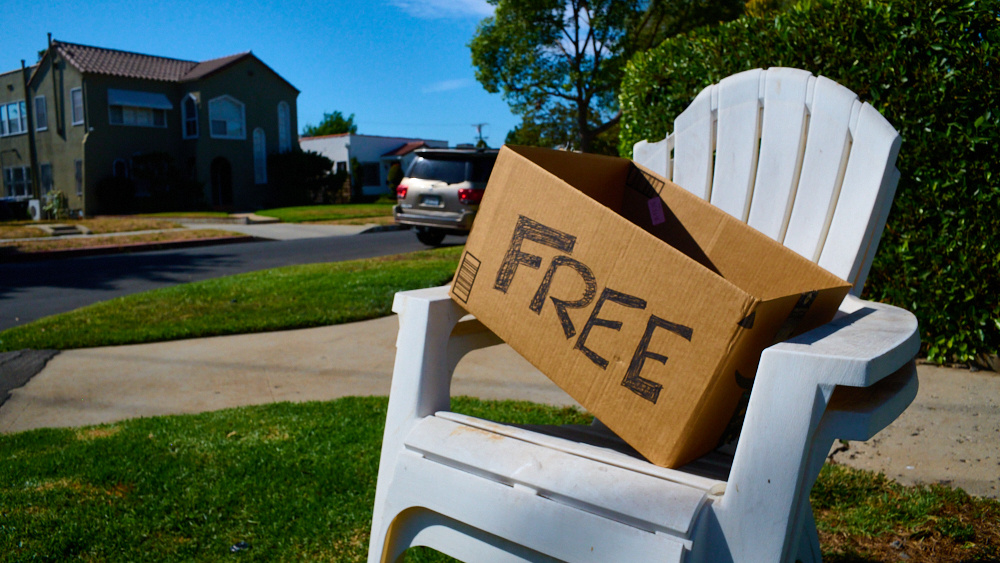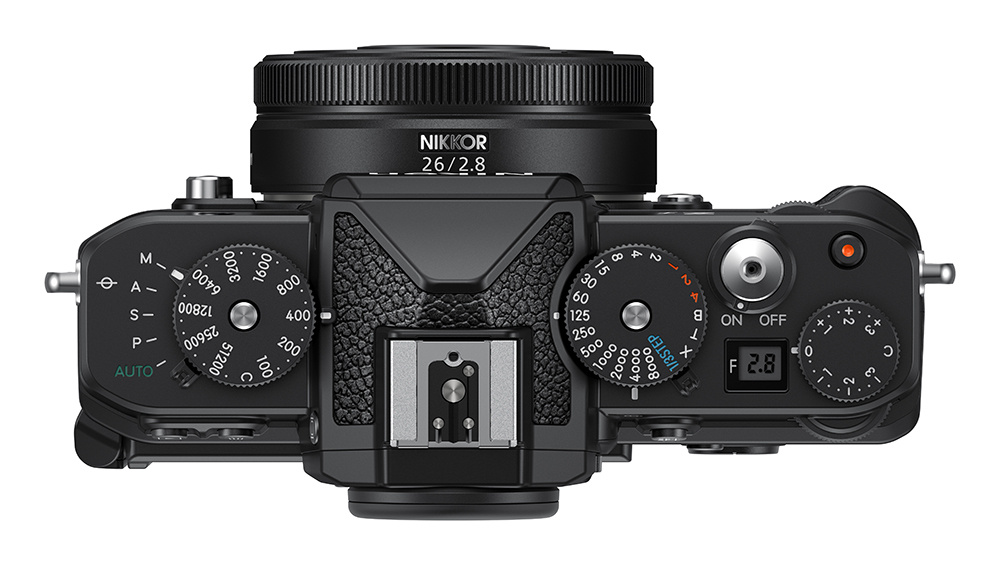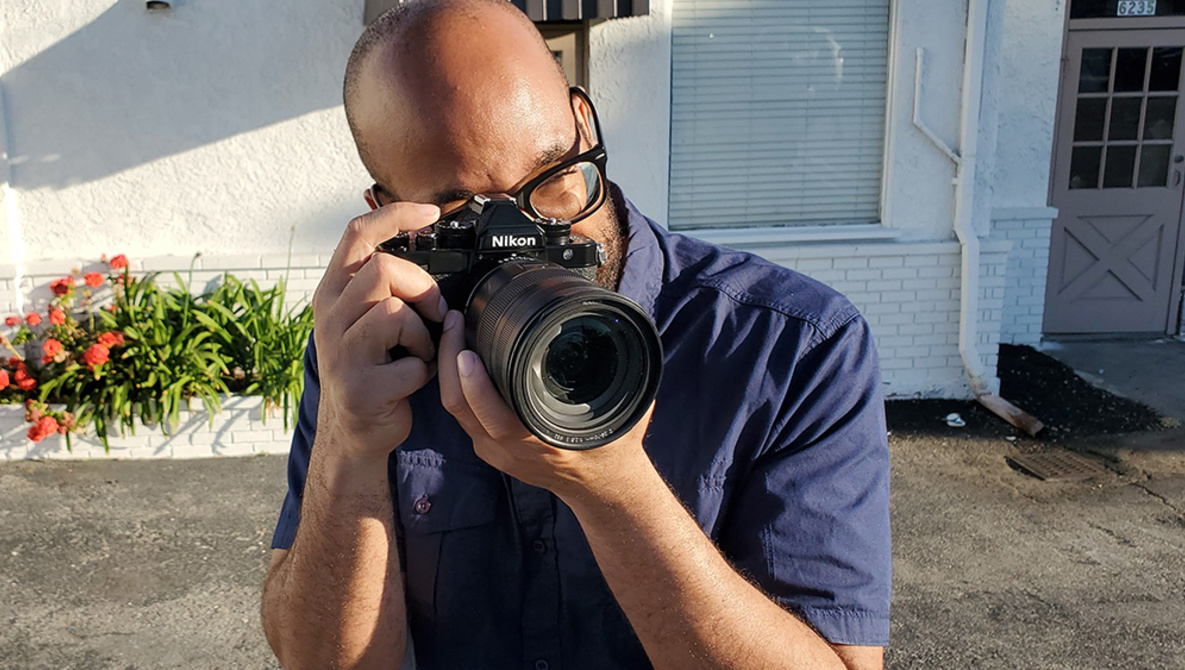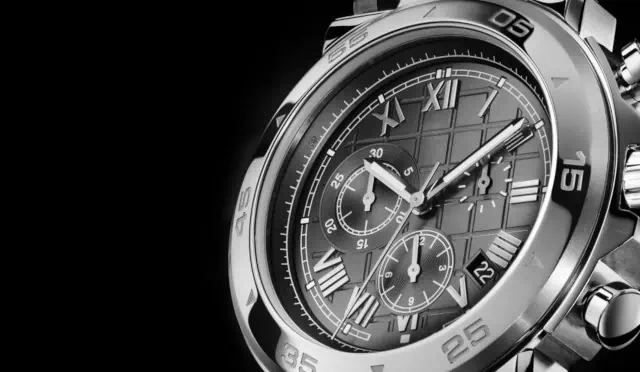It’s always a good idea to have the best camera possible to fit your professional needs. But, sometimes, the camera you choose to use just for fun can be equally important.
Whenever I write a camera review, I always like to focus on the practical things. I’ve never been one to put too great an importance on technical specs. It’s more about how a tool performs in the real world. I feel like once you’ve crossed the threshold of minimum specs for your given set of clients, there are far more important and often subjective things that will determine if a camera is the right investment for you. Since we live in an age of amazing technology, the vast majority of cameras on the market these days at least meet the minimum standards necessary to create a professional image. So it’s pretty hard to go wrong in your selection. So, when I consider a camera purchase, my main goal is simply to find a tool that I enjoy using that meets the needs of my client base.
I’ve been fortunate in recent years that I finally found a camera that I both love shooting with and hits all the technical needs of my professional career as an artist: the Nikon Z9. I’ve written about it so much over the past two years that I won’t bore you with more ink about it now. Long story short, I love the camera so much that I’ve bought two of them. And those are the cameras that shoot pretty much all of my professional work (aside from jobs requiring specific cinema cameras, medium format, etc.).

There’s only one problem with the Z9. It’s big. Really big. I actually like the size, no, love the size, when it comes to my professional work. I want a camera that is sturdy and rugged and feels comfortable in my hand. The camera’s size is not at all a deterrent for me to carry around on a long work day.
The same cannot be said, however, for when I want to walk around and just take pictures for fun. Not only is the Z9’s advanced skill set overkill for walkabout shooting or snapshots of my dog, but its physical profile makes it, and me, stick out like a sore thumb in any public setting. It’s hard to get strangers around you to relax when you are carrying around what looks, to them, like a supercomputer that can only serve the purpose of stealing away their souls. Also, because of the physical size, it’s not the kind of camera that can be easily stashed away if you are entering a place that’s not so friendly to photography or simply walking down a particular block where wearing five thousand dollars around your neck might attract the wrong kind of attention.
None of this is the Z9’s fault. It’s a professional camera meant for professional purposes. Incognito is not part of the camera’s raison d’être. So, for the last couple of years, I solved that problem with Nikon’s excellent crop sensor Zfc. Its small size and stylish exterior made it the perfect choice for everyday city shooting. It is small enough to go unnoticed in many situations and to be quickly stashed into a coat pocket in others. Because it is a Nikon, I already had compatible lenses. The image quality is excellent. More than adequate for the type of images I would use it for like street photography, shots around the house, and/or photographs I take for absolutely no reason other than being in the mood to hear the click of a shutter.

But, of course, my Zfc was my personal camera. While I used it for Zoom calls as well, I would be hard pressed to say that my investment in it was 100% out of business necessity instead of something that simply brought me personal joy. Sadly, much to my deep chagrin, I was forced to sell off my Zfc earlier this year in order to raise money for another project. I needed the money at the time, so I can’t say it was a bad decision. After all, I still have the Z9s, which can handle the entirety of my professional needs. So, I wasn’t jeopardizing my professional work. But, of all the cameras that I’ve sold over the years, seeing that one go filled me with some of the deepest regret. I may not have “needed” it. But I definitely loved using it.
Thankfully, Nikon must have been reading my mind, as a couple months ago, they announced the new Nikon Zf, a full frame upgrade to the Zfc. And, actually, an upgrade to the rest of their product line as well, which I’d say currently places the Zf third in the pecking order in terms of Nikon cameras (behind the Z9 and Z8). Surprising the market, they introduced a retro style camera that was not only cute to look at, but also packed in professional features that make the camera a legitimate option for professional photographers as well as those shooting just for fun. As I said, my Z9 already has taken care of my professional needs. But the Zf is pretty much everything I’ve ever wanted in a personal camera. An everyday camera I could use for fun. But with enough features that, if push came to shove, it could be used as a third camera in my professional lineup. Needless to say, I couldn’t wait to get my hands on one.
I’m going to write more articles on the Zf in the coming months as I use the new system. So this isn’t really going to be a full review of the system. Rather, I thought I’d share a bit about why this purchase is so important to me. And why you too might want to invest in a personal camera system like the Zf, whether you are in the Nikon world or not.
Oh, and as a quick note to those who might want to call me a Nikon fanboy. I used the small Fuji X system for years as personal cameras prior to the Zfc. So, don’t think of this essay as a suggestion that you buy a Nikon. Rather, we are talking about the concept of a personal camera versus a professional camera. End of note.

I was at a film convention the other day in a room filled with other filmmakers. We were listening to a lecture and the person speaking casually looked out at the room and mentioned that he was in a room of people who all loved what they did. It could be easy to think of that as just an easy crowd pleaser. But, the more the speaker went on, the more the point hit home. People who choose a creative art to be their profession, whether it be filmmaking, photography, painting, writing, etc., aren’t like other employees. Generally speaking, the professional artist becomes such because they absolutely love their art form. Sure, they may make a living off of it eventually. But they’ve chosen that profession because they are passionate about the art itself. They’d have to be. It doesn’t take a Rhodes scholar to know that there are many many many easier ways to make a living in this world than by being a professional artist. Choosing a multitude of other professions, you can make more money. You can have more stability. You wouldn’t have to deal with constant rejection. You wouldn’t have to justify your worth every single time you go to work in the morning and demand a fair wage. As much as I love what I do, I am under no illusion that my career path is the most logical one I could have chosen. The absolute only reason why I continue to do what I do and wake up each morning to keep fighting for my art is because I love it. Art is as dear to my heart as my loved ones. It means the world to me. So, I am willing to brave all the hazards along the way to see it through.
But all wars leave scars. And the amount of all-encompassing effort required to make a successful living in an artistic field can often force you to make concessions and compromises. You have to do gigs you don’t want to do. You have to deal with clients you might not want to deal with. Regardless of how much you love what you do, it is work. And, over time, if you allow your passion to only become a mere job, it can dwindle your enthusiasm. That dwindled enthusiasm can have a negative impact on your work. It can have a negative impact on you.
So, as important as it is to become the best professional you can be, it is equally important to actively do things to maintain your passion for your craft. You have to be constantly reminding yourself why you love it. Photography should bring you joy. It should add something to your life rather than become a prison of monotony. Of course, you’re not always going to get this joy from the work you do for clients. So, sometimes, you are going to have to find ways to rekindle that joy on your own.

For me, that has always been walkabout photography. This is how I learned photography in the first place and what led me to fall in love with it. Just engaging in a new life experience while using the camera as my passport to a different world. Sometimes it’s traveling to a new and exotic place. Other times, it’s just grabbing the camera and walking around the block. It’s important to get out, smell the fresh air, and take a moment to see. As much for your own sanity as for any specific photographic purpose.
These sessions aren’t intended to produce photos for my portfolio. As a matter of fact, the vast majority of them will never make it off my hard drive. At best, they may show up eventually in one of my Fstoppers articles to help fill some space, but these shots are a million miles away from what I do as a professional photographer. And, you know what? That’s okay. The practice of taking personal photos isn’t about the result. The joy is in the doing.
When I sold off my Zfc and was suddenly left with no cameras to indulge in casual walkabout photography, it became clear that something was missing. Don’t get me wrong, when shooting professionally I was still producing some of the best work of my career. But I missed taking those shots that lacked that kind of lofty ambition. I missed the opportunity to always have a camera with me just on the off chance that one of those turtles that lives outside that corporate office on 8th Street might do something interesting. I missed the idea of just taking a road trip for the day with a small and light camera. Using the photo safari as my reason for getting out of the house. But, realistically, just ending the day with a memorable life experience that extended well beyond any photograph.
Sure, I could use my professional camera to do all of those things. But, for me at least, it’s helpful to use an entirely different tool when I’m not working. It’s almost as if the act of physically leaving my pro camera at home frees my mind to simply engage in photography for fun again. Without it feeling like I need to create high art every time I press the shutter button.

I’m so excited with the Zf to have a personal camera in hand again. Not because it is ever going to replace my Z9 as my professional camera. But, specifically, because it will not.
Paying active attention to rekindling your passion for photography, in the long run, can be just as important as developing your craft. The more you keep your passion alive, the more creative you will feel when it’s time to put your career on the line. You don’t necessarily have to get one specific type of camera. Whatever works for you. But, paying a little attention to the “fun factor” a camera delivers can sometimes be the most important spec of all.







